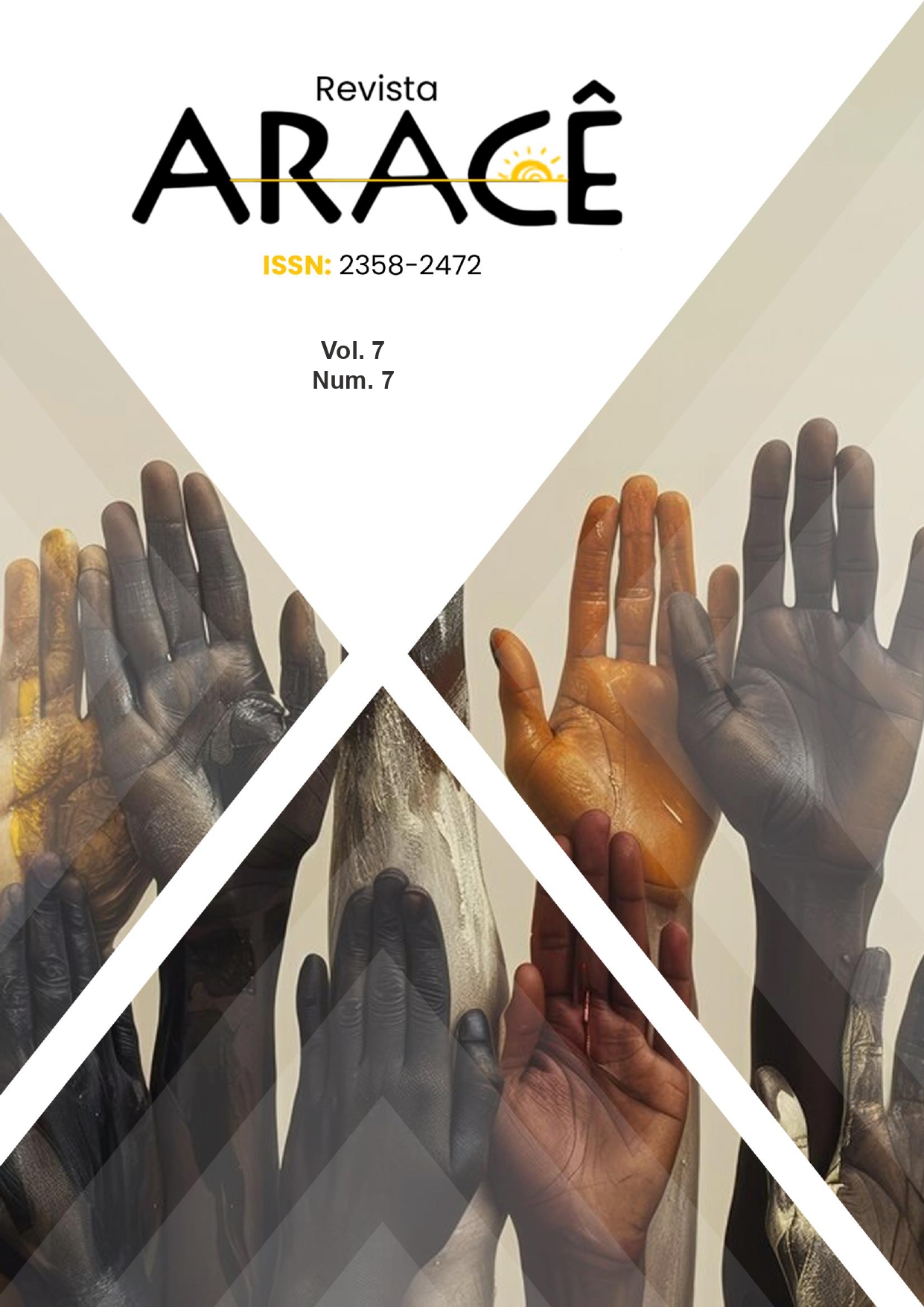ATUALIZAÇÕES NO MANEJO INTEGRADO DAS PRINCIPAIS PRAGAS DA CANA-DE-AÇÚCAR NO BRASIL: UMA REVISÃO DOS ÚLTIMOS 10 ANOS
DOI:
https://doi.org/10.56238/arev7n7-013Palavras-chave:
Pragas, Resistência, Inseticidas, Manejo integradoResumo
As principais pragas da cana-de-açúcar são: Broca da cana (Diatraea saccharalis), Cigarrinha das raízes (Mahanarva fimbriolata), Besouro Migdolus (Migdolus fryanus), Bicudo da cana (Sphenophorus levis), Broca gigante (Telchin licus), Cigarrinha das folhas (Mahanarva posticata), Besouro (Metamasius hemipterus), Cupins, Pão-de-galinha (Diloboderus abderus) e Broca peluda (Hyponeuma). Objetiva-se com essa pesquisa apresentar as atualizações mais recentes sobre as pragas da cana-de-açúcar, abordando aspectos como biologia, distribuição geográfica, impacto econômico e estratégias de manejo. O presente trabalho trata-se de uma revisão de literatura integrativa, visando sintetizar o conhecimento existente, a qual possibilita não somente analisar os estudos já construídos, como também gerar abertura para novas pesquisas. O ataque das pragas na cultura da cana-de-açúcar causa danos quali-quantitativos sobre a mesma, sendo que as populações das diferentes espécies deverão ser controladas para que as perdas sejam evitadas. A utilização dos diferentes métodos de controle, aliado ao químico e biológico, diminuem as populações e ataque dessas pragas que melhoram a produtividade e a qualidade da matéria-prima para a produção de seus produtos finais. Essas pragas representam um desafio contínuo para a produção dessa cultura no Brasil. Embora as pragas tradicionais ainda causem danos significativos, o surgimento de novas ameaças e a resistência a inseticidas exigem a adoção de estratégias de manejo mais integradas e sustentáveis. O investimento em pesquisa, capacitação de produtores e adoção de tecnologias inovadoras são fundamentais para garantir a produtividade e sustentabilidade da cana-de-açúcar no país.





